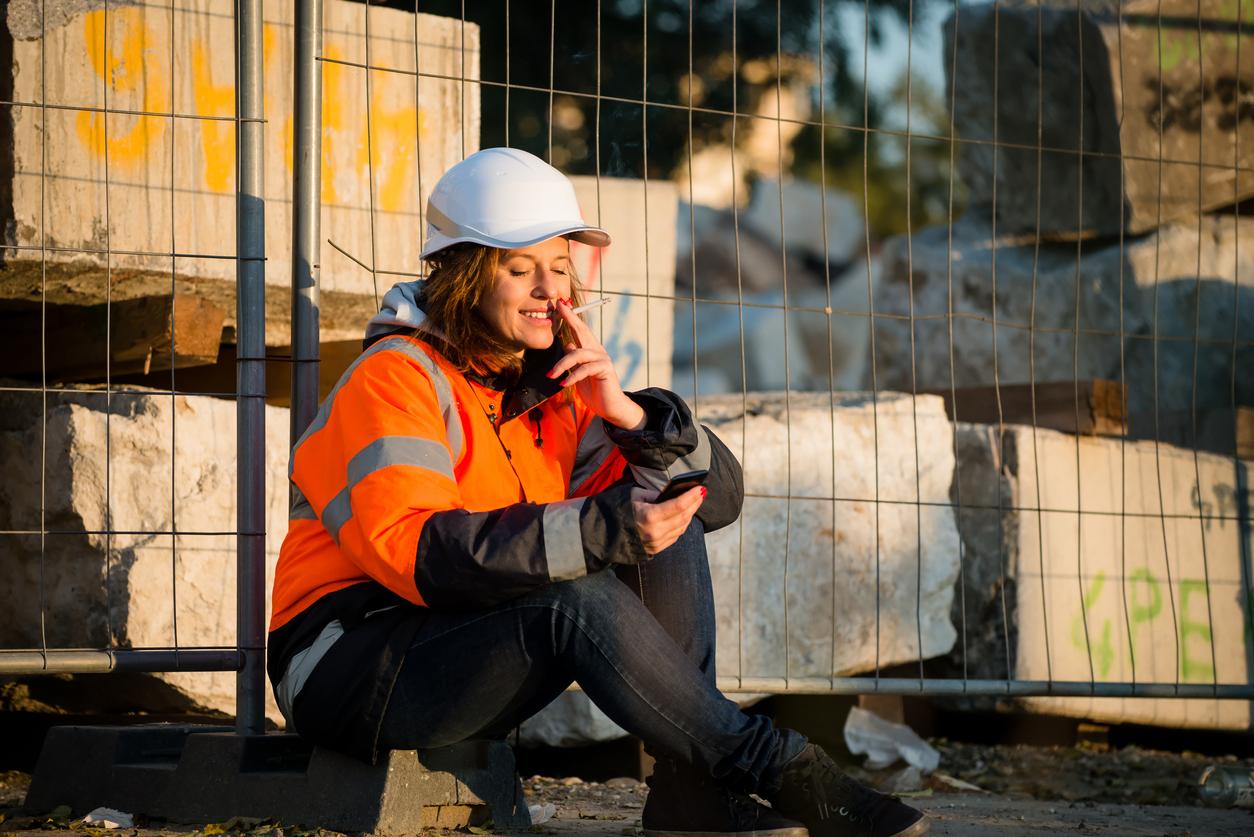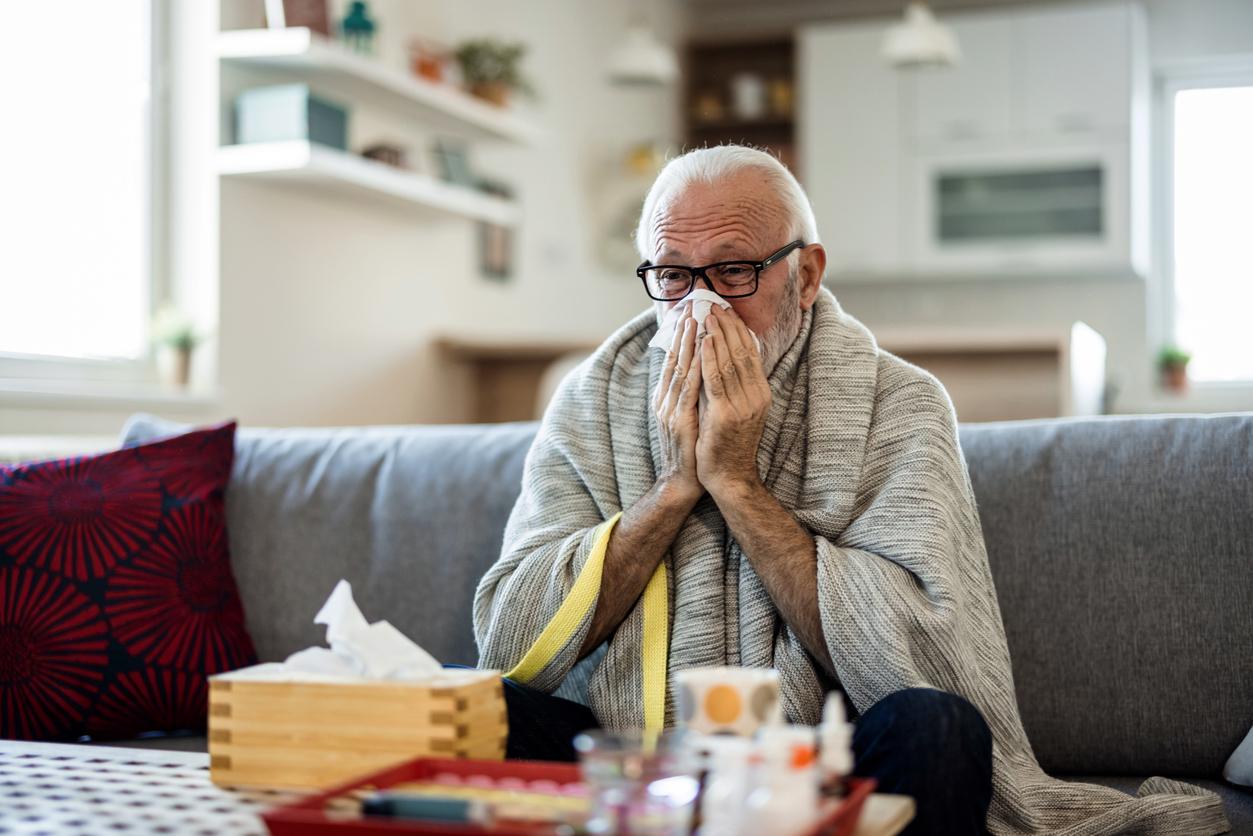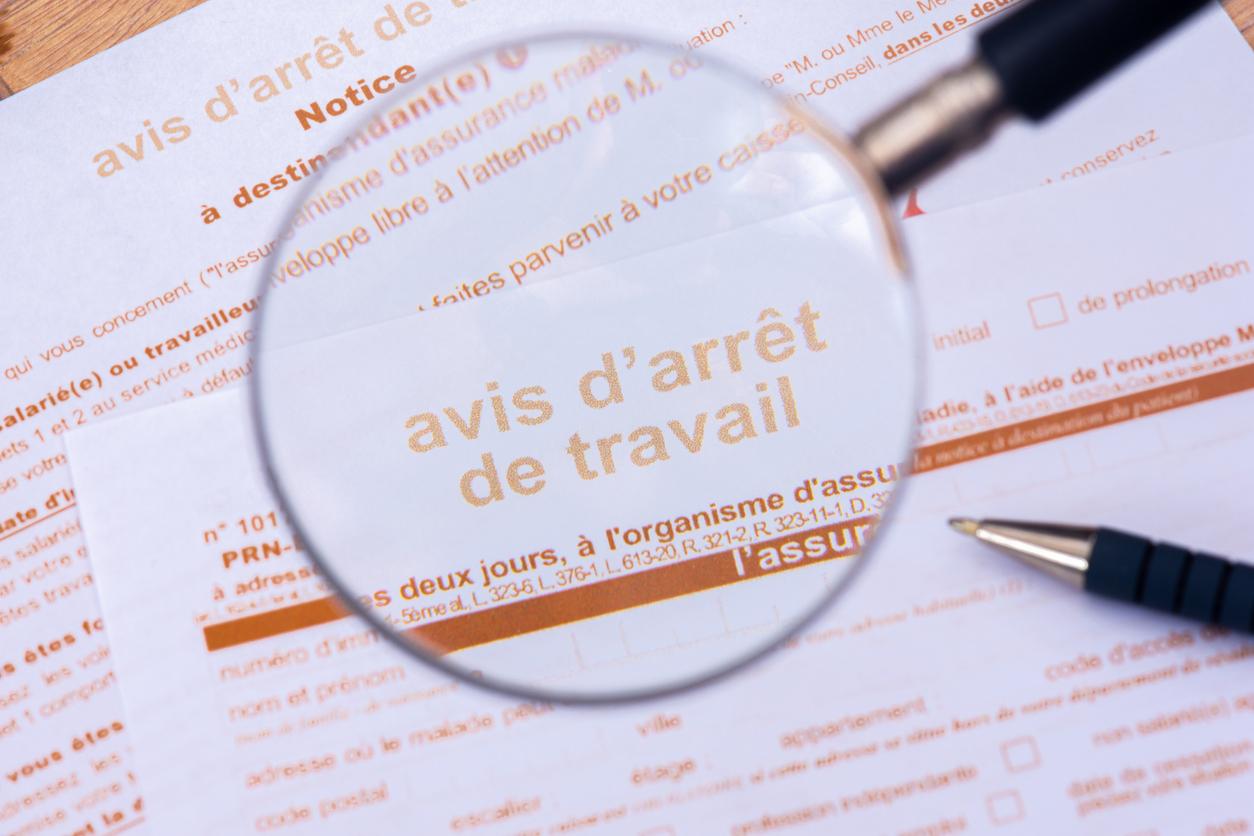To implement more targeted prevention policies, Public Health France reveals which professional sectors are most affected by the health crisis.

- The booster vaccine will be open to all adults from “this Saturday”, announced Olivier Véran.
- The mask will become mandatory again indoors.
While the Minister of Health Olivier Véran has just announced new measures to fight the Covid-19 pandemic, a study by Public Health France reveals which professions are experiencing the worst this dragging health crisis.
An impact of Covid-19 on working conditions
“More or less strict social distancing measures have been put in place since March 17, 2020 (date of implementation of the first confinement) in order to limit the spread of SARS-CoV-2”, explain in the preamble the experts in public health. “These measures had an impact on working conditions to varying degrees. New sources of risk for mental health could then emerge”, they continue. Their study therefore aimed to follow the evolution of anxiety and depression in the working population and to identify the subgroups most affected.
The data comes from the large Coviprev survey and comes from waves 1 (March 23 to 25) to 19 (December 14 to 16, 2020). In the context of this analysis, only employed workers were selected (people working in situ, at home, on short-time work or on sick leave).
Those who work face-to-face are better in their heads
Overall, the prevalence of anxiety states was 30.5% in wave 1. It then experienced a significant decline until wave 3 (April 14 to 16) before remaining at stable, but relatively high levels. For depression, the prevalence was 20.9% in wave 2. It experienced a significant drop with the period of deconfinement before increasing again significantly in October around the second confinement.
On the organization of work: being off work compared to working in situ was associated with an increased risk of presenting an anxious state, but only for men. For both sexes, working in situ was associated with a lower risk of presenting a depressive state compared to working from home, being on short-time work or on sick leave.
Financiers, teachers and artists are the most affected
Analyzes by branch, for their part, highlight a higher risk of presenting an anxious state among workers in the sectors of financial activities or insurance, as well as arts, entertainment and recreational activities. Conversely, this risk was lower for workers in human health and social work, public administration and specialized or scientific activities. The risk of being depressed was higher among education workers and lower among workers in the human health or social work sector.
“Our results show that the prevalence of anxious and depressive symptoms remained high throughout 2020 among employed workers”analyze the researchers of Public Health France. “It seems that particular vigilance must be given to certain categories of the population such as people on sick leave, as well as, more generally, to workers in the arts, entertainment or other recreational activities and education sectors”, they add. their test “constitutes a first step in the development of targeted interventions”, they conclude.
.














